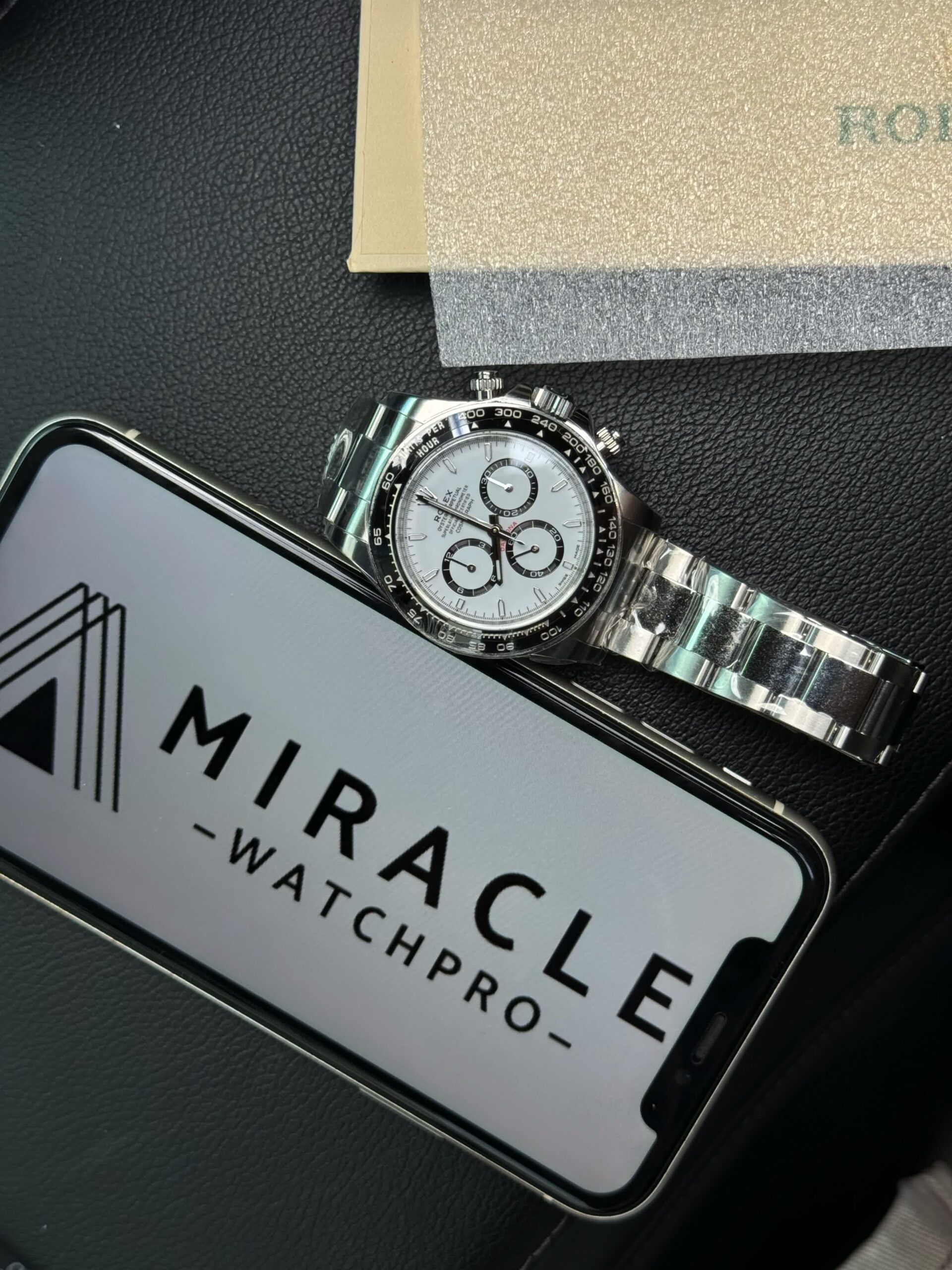In today’s life, watches are not just ornaments; their timing function is of significant practical value.
I. The Basic Principle of Watch Timing
The timing of a watch mainly relies on the operation of the internal movement. Common movement types include mechanical movements and quartz movements. Mechanical movements provide power through a mainspring and achieve timing through a series of precise gear transmissions. Quartz movements, on the other hand, rely on battery power and ensure timing accuracy through the oscillation of quartz crystals.
Take mechanical movements as an example. The tension of the mainspring drives the gears to rotate, and the second hand, minute hand, and hour hand rotate at different speeds to accurately display the time.
II. The Accuracy of Watch Timing
The timing accuracy of watches varies depending on the movement type, brand, and style. Generally speaking, quartz watches have higher timing accuracy and can have an error of a few seconds or even less per month. Mechanical watches have relatively lower accuracy and typically have an error of several seconds to tens of seconds per day.
For instance, some high-end Swiss mechanical watches, after careful adjustment, can control the error within a few seconds per day, while some ordinary mechanical watches may have a larger error.
III. Expansion of Watch Timing Functions
In addition to the basic hour, minute, and second display, many watches have more timing functions.
Stopwatch Function: Used to measure short time intervals and is commonly used in sports competitions, experiments, and other scenarios.
Calendar Display: Includes the display of the date, day of the week, month, and even year.
Dual Time Zone Function: Convenient for people who often travel across time zones to know the time in two different regions simultaneously.
IV. Factors Affecting the Accuracy of Watch Timing
Magnetic Field: A strong magnetic field may interfere with the normal operation of the movement, resulting in timing errors.
Temperature: Extreme temperature changes may affect the thermal expansion and contraction of the internal parts of the movement, thereby affecting the timing accuracy.
Vibration: Severe vibration may cause the displacement or damage of the movement parts.
To maintain the accuracy of watch timing, it is recommended to have the watch serviced regularly and avoid exposing the watch to extreme environments.
In conclusion, the timing function of watches is one of their core functions. Through continuous technological innovation and development, it provides people with more accurate, rich, and convenient time services.

